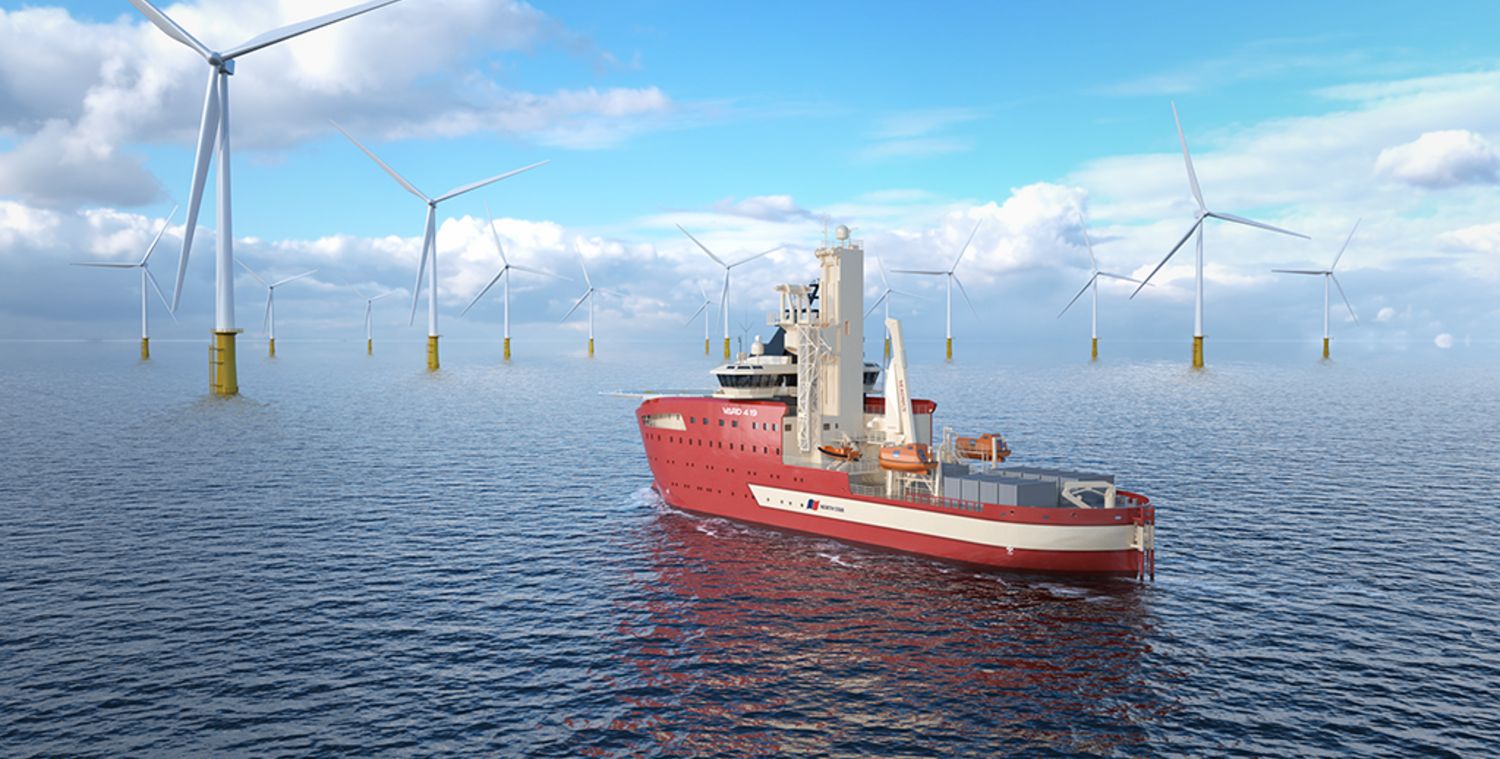NavHyS: Advancing Liquid Hydrogen for Maritime Use in Europe
Key Ideas
- Bureau Veritas Marine & Offshore joins NavHyS, a European project advancing liquid hydrogen for marine use.
- The project, led by ArianeGroup, aims to develop Type C LH2 tanks for service operation vessels with a focus on safety and integration.
- NavHyS targets TRL 8-9 by 2030, envisioning scalable deployment of hydrogen-fueled vessels by 2035-2040 for maritime decarbonization.
- The innovative collaboration combines maritime design with space expertise, aiming to revolutionize hydrogen storage and usage in the maritime industry.
Bureau Veritas Marine & Offshore has announced its involvement in NavHyS, a new European research project funded by the Clean Hydrogen Partnership. The project aims to advance the use of liquid hydrogen (LH2) as marine fuel, specifically focusing on below-deck Type C LH2 tanks for service operation vessels (SOVs). Led by ArianeGroup, the consortium of 14 European partners will work on developing liquid hydrogen storage systems, fuel systems, and their integration into SOVs. BV will provide three Approvals in Principle (AiPs) and lead safety research for liquid hydrogen in maritime environments. The project will also explore shore-based hydrogen supply solutions and the lifecycle of hydrogen-fueled vessels. With an estimated EU contribution of EUR 5 million, NavHyS targets a Technology Readiness Level (TRL) of 8-9 by 2030 to enable real-world deployment by 2035-2040. The design concept includes storage tanks capable of carrying 12-18 tonnes of liquid hydrogen, supporting offshore wind farms with up to ten days of autonomous operation. This project represents a significant step towards maritime decarbonization and the future of hydrogen-powered vessels, combining expertise from the maritime and space sectors to drive innovation and sustainability in the shipping industry.
Topics
Projects
EU Funding
Technology Development
Research Project
Marine Fuel
Offshore Wind Farms
Cryogenic Storage
Latest News
